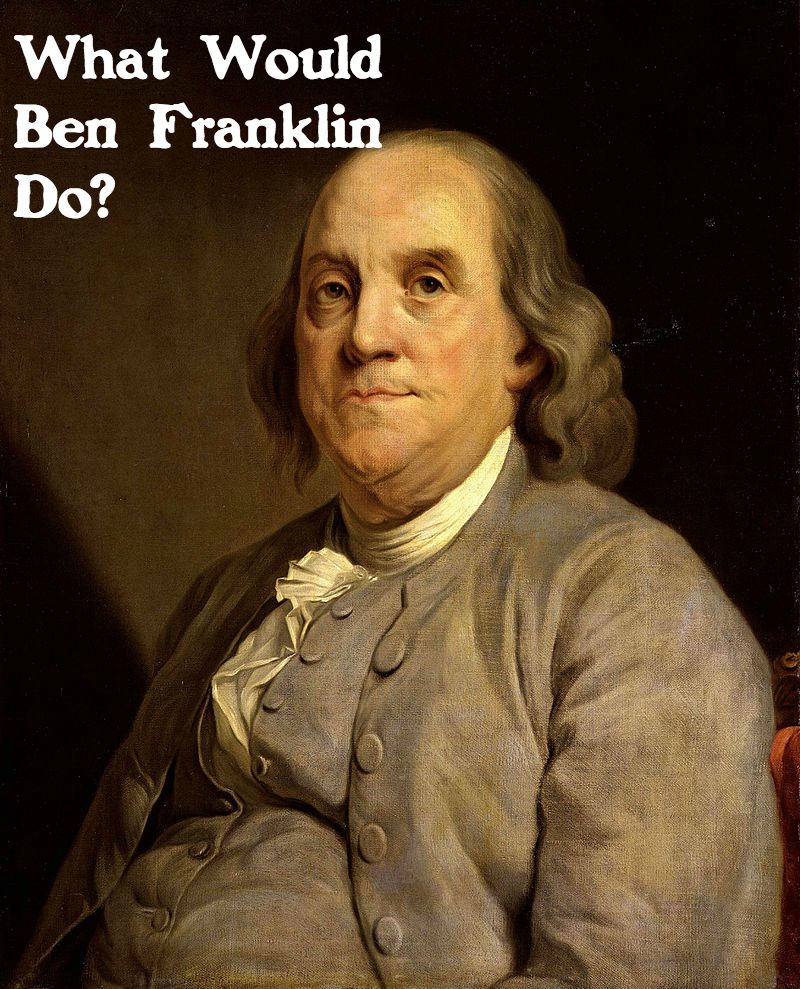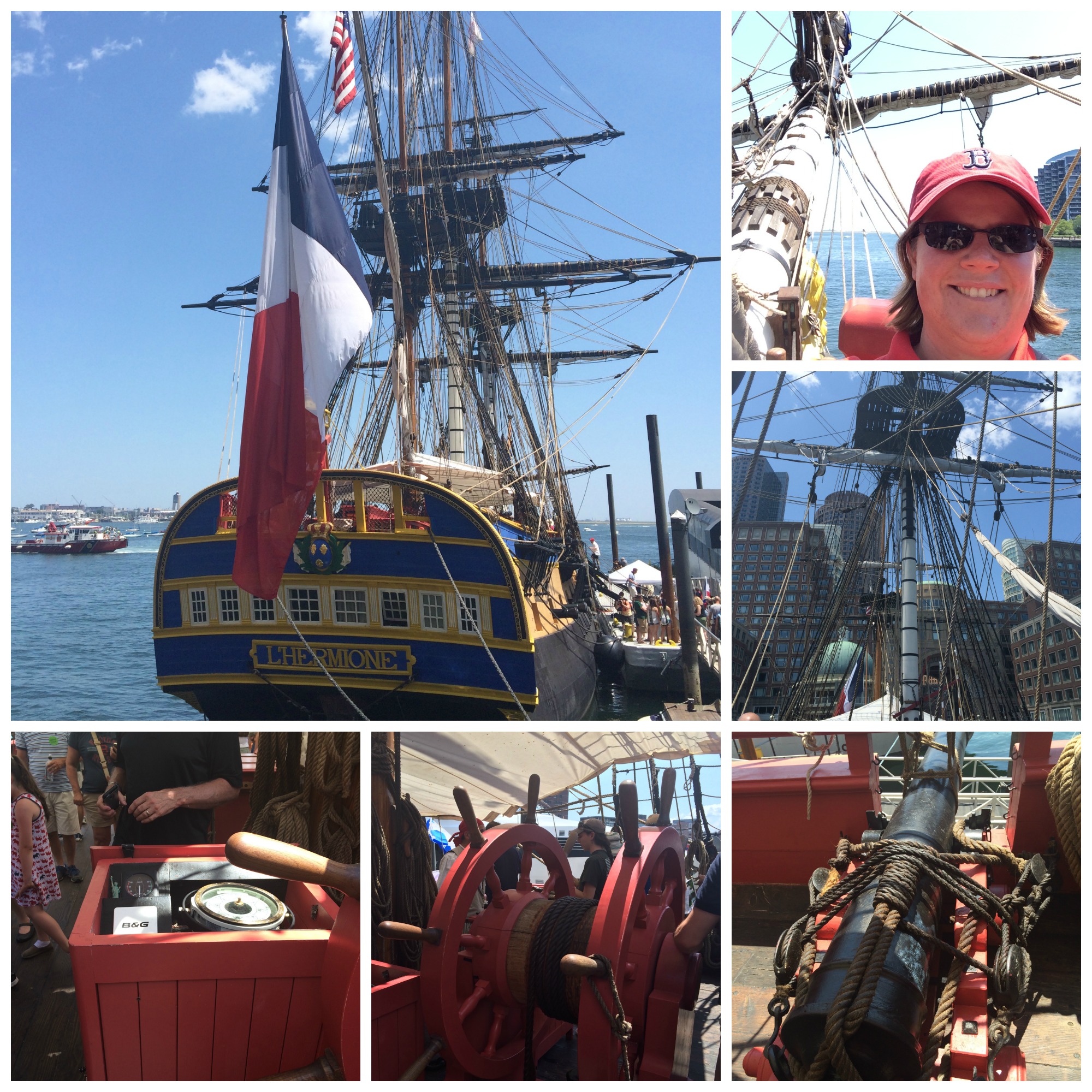 What would Ben Franklin do?
July has turned out to be an exciting and stressful month.
What would Ben Franklin do?
July has turned out to be an exciting and stressful month.
I am traveling a lot: I visited Bermuda at the start of the month and I just came home from the SHEAR conference in Raleigh, North Carolina. Next week, I am off to Podcast Movement, the national podcasting conference, in Fort Worth, Texas.
On the home front, I am working a LOT.
Ben Franklin's World: A Podcast About Early American History continues to do well, it just surpassed 225,000 downloads. It has also started to grow in ways that I hadn't anticipated. I must create plans to handle this growth. (I promise to explain once my plans are in place.)
I am also trying to find time to work on my book. Yes, I am still working on turning my dissertation into a book and I really want to finish it so I can start my next research project.
With all of this going on, I need to find more time. Which brings me to my new mantra: What would Ben Franklin do?
I am confident that Ben would cut all non-essentials from his schedule and focus on finding an apprentice and funding for his publication.
Therefore, I will not be posting "Book of the Week" or roundup posts until I can figure out how to outsource more podcast work. I have a couple of plans to find/attract funding. I promise to share these ideas soon.
Additionally, my posting on this blog will likely be a bit more sporadic over the next few months, or perhaps not. I have several posts in my draft queue. They cover topics such as 18-Second History: How Historians Can Use Clammr to Spread History & Promote Their Work; Podcast Workflow; Crowdsource Funding Your Digital History Project; How to Tweet a Conference Panel; To Conference or Not to Conference; and Tick-Tock the Academic Publishing Clock.
Thank you for your understanding and support.




